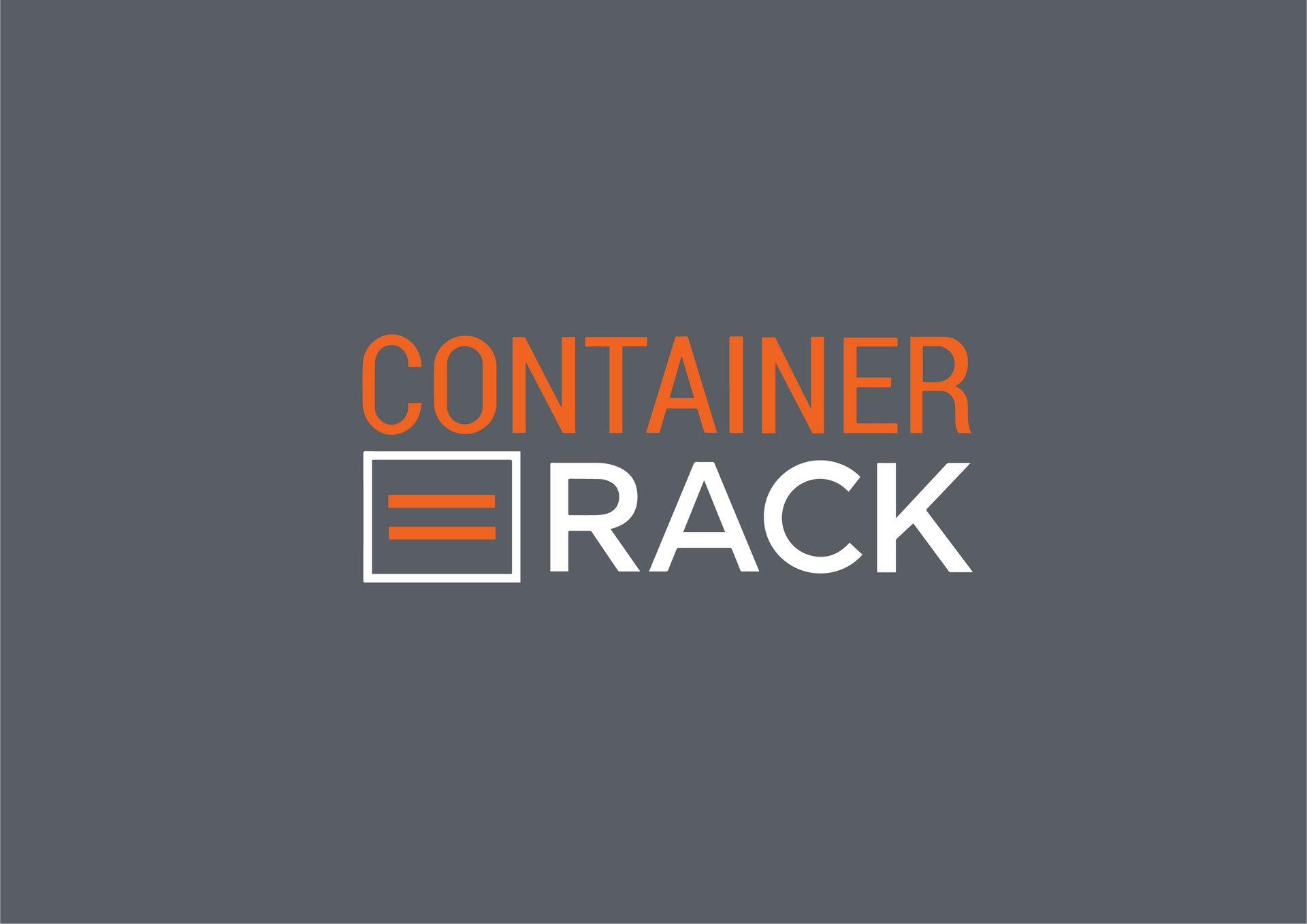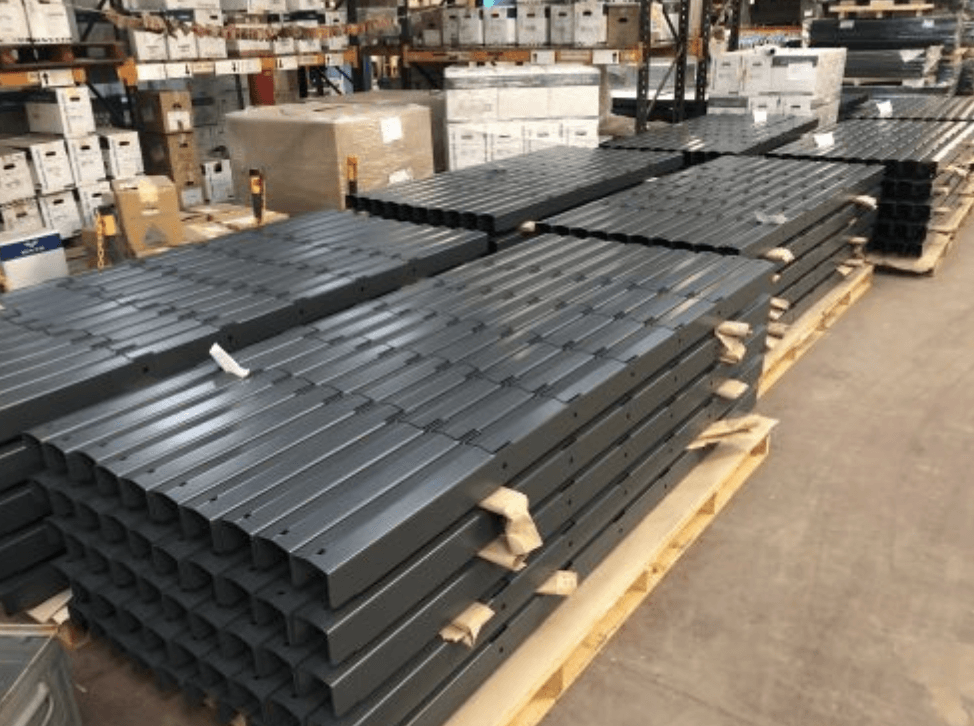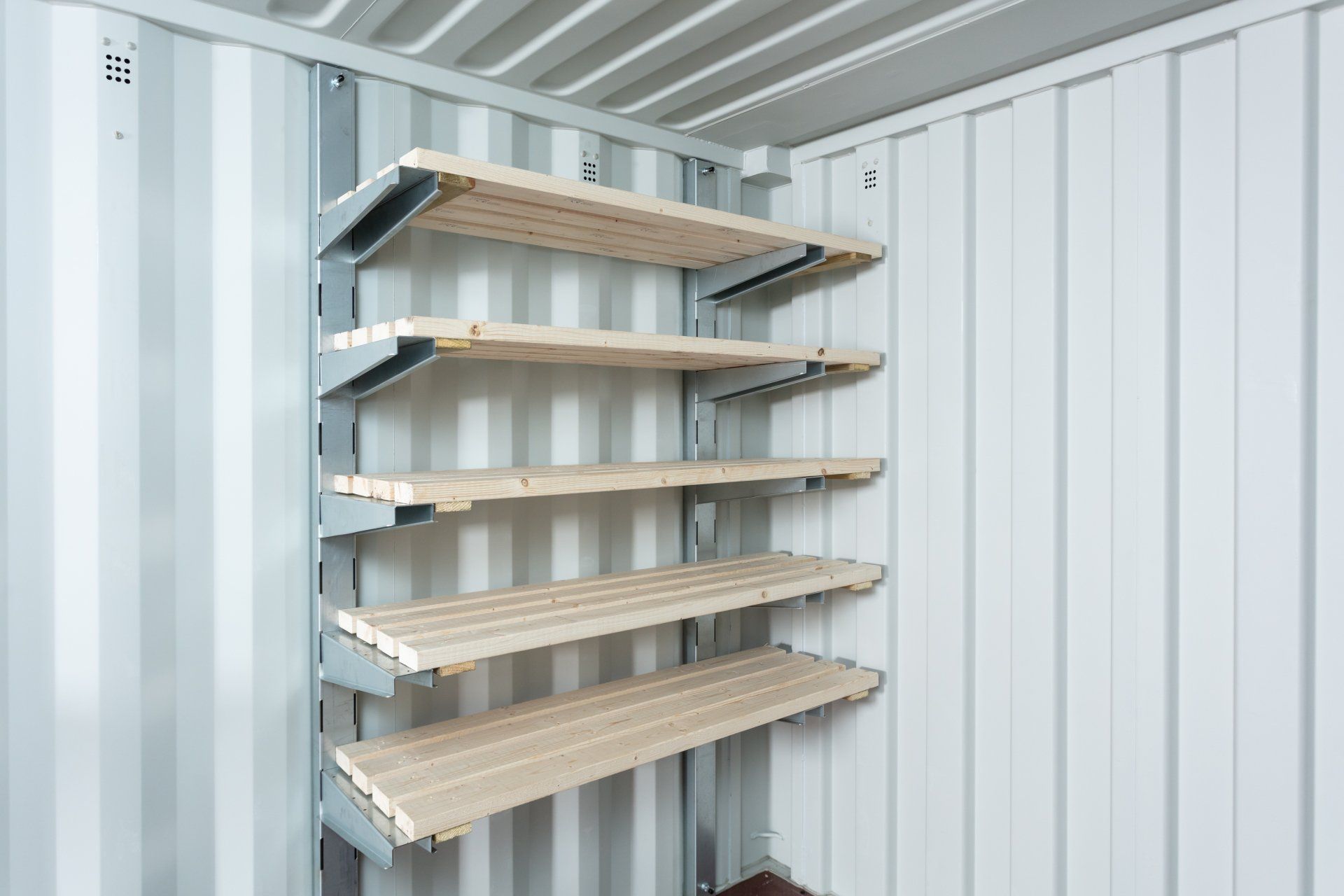The Best Ways to Organise a 20ft vs 40ft Shipping Container: Layout Ideas That Maximise Sp
Worried about condensation in your shipping container? Discover simple, practical ways to stop moisture build-up and keep your tools, equipment, and stored items dry all year round.
A shipping container is one of the simplest and most cost-effective storage solutions you can get — but only if it’s organised properly.
Otherwise, even a spacious 40ft container can quickly feel like a dark tunnel full of boxes you can’t reach, and a 20ft container can turn into a cluttered metal cupboard after just a few weeks of use.
Whether you’re using your container for business storage, tools, trade equipment, stock, or personal belongings, the way you lay out the space makes a world of difference. And because 20ft and 40ft containers offer completely different proportions, each one needs its own approach.
Let’s explore how to organise both sizes efficiently, without wasting a single inch.
Understanding the Difference Between 20ft and 40ft Containers
At first glance, the only difference seems obvious — one is twice as long as the other. But that extra length changes the way you move through the space, how you reach items, and how shelving should be arranged.
- 20ft containers are compact, easy to access, and ideal for frequent use or smaller operations.
- 40ft containers offer huge capacity, but they can be trickier to organise because items can end up too far from the entrance if the layout isn’t planned properly.
The trick is to design the layout around how often you access items, not just how much you need to store.
How to Organise a 20ft Shipping Container
A 20ft container is perfect for general storage, small businesses, and tradespeople who want an easy-access, all-in-one space. The key is to use the height efficiently and keep the floor clear. Because the container is shorter, nearly everything is within reach — so your layout should focus on flow rather than long-distance movement.
Here’s a simple approach:
- Shelving along both side walls creates a natural central walkway and instantly doubles the usable space.
- Store your most-used items near the front so you don’t have to reach across the container every time.
- Place heavier gear lower down and lighter items higher up, creating a balanced, easy-to-access storage zone.
A well-organised 20ft container feels like a mini workshop or storeroom rather than a metal box — and with the right shelving, every inch can work for you.
How to Organise a 40ft Shipping Container
A 40ft container gives you incredible capacity, but without a plan, it can be like storing things inside a train carriage — long, narrow, and challenging to reach the back. This size benefits from a more structured approach. Instead of treating the container as one continuous space, think of it as two or three separate zones.
For example:
- The front section can be your “quick access” zone for frequently used tools or materials.
- The middle section might hold items you need occasionally.
- The far end — the hardest to reach — is perfect for long-term or seasonal storage.
Shelving still works well along the walls, but many owners also choose to include a central aisle system, leaving enough room to move safely from end to end. The aim is to avoid those long, narrow “storage tunnels” that make it impossible to reach anything without unloading half the container.
Make Use of Vertical Space
Whether you’re working with 20ft or 40ft, one rule always applies: don’t waste the height.
It’s surprising how many people only use the floor and maybe a few stacked boxes. But with properly planned racking, you turn one single level into three or four neat, usable layers.
This is where galvanised steel racking makes a huge difference. It doesn’t warp, sag, or absorb moisture, and because it’s fixed to the container’s existing lashing points, it feels like part of the structure.
The result? You get multiple stable tiers of storage without sacrificing floor space or access.
Plan for Movement, Not Just Storage
A lot of people focus on what they can fit in a container, but not how they’ll move around inside it. That’s where frustration — and sometimes accidents — happen.
Both 20ft and 40ft containers benefit from clearly defined paths. Even in the bigger container, it’s important to avoid blocking the centre. A clear walkway not only makes it easier to find what you need, but it also keeps heavy lifting safer and prevents items being shoved against walls where condensation can accumulate. Good lighting also makes a big difference. A simple LED strip or battery-powered lamp can transform a dark interior into a clean, easy-to-navigate workspace.
Think About Future Growth
If you’re using your container for business storage, chances are your needs will change over time. That’s why flexibility is key.
A modular racking system lets you adjust your layout whenever you need to — whether that’s adding extra shelves, widening a walkway, or switching a storage zone to suit seasonal items. This is especially important in 40ft containers. With so much space available, having the ability to reconfigure sections gives you long-term control and prevents clutter from building up.
A well-organised shipping container — whether 20ft or 40ft — isn’t just about neatness. It’s about saving time, improving efficiency, and protecting the items you rely on. The difference between a cramped, chaotic container and a clean, accessible one usually comes down to smart planning and a reliable racking system designed specifically for the space.
At Container Rack, our galvanised, bolt-free racking systems make it easy to create a layout that works for you — strong, flexible, and built for long-term use in any environment.
Ready to design your ideal container layout?
Try our
Build-Your-Own Configurator and see exactly how standard-duty or heavy-duty racking can transform your storage space.














